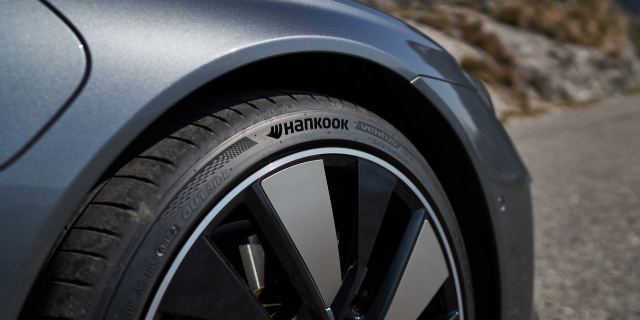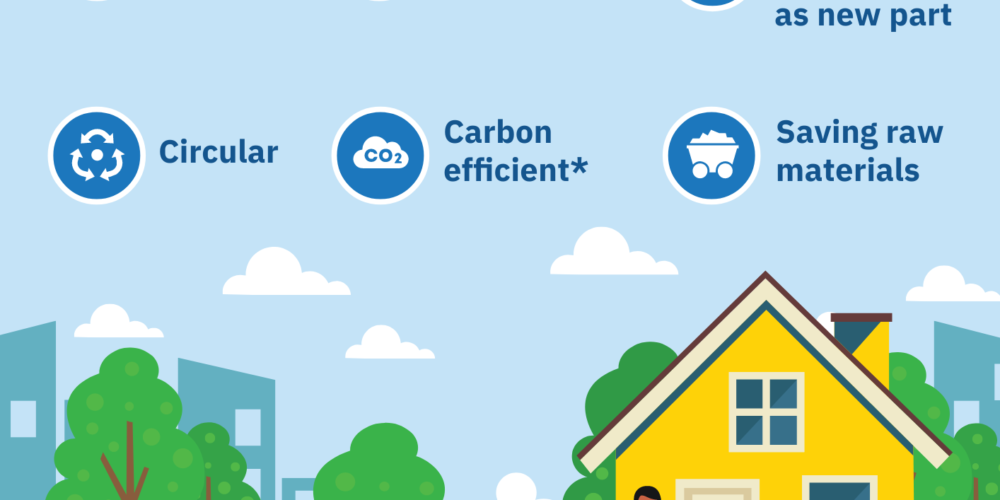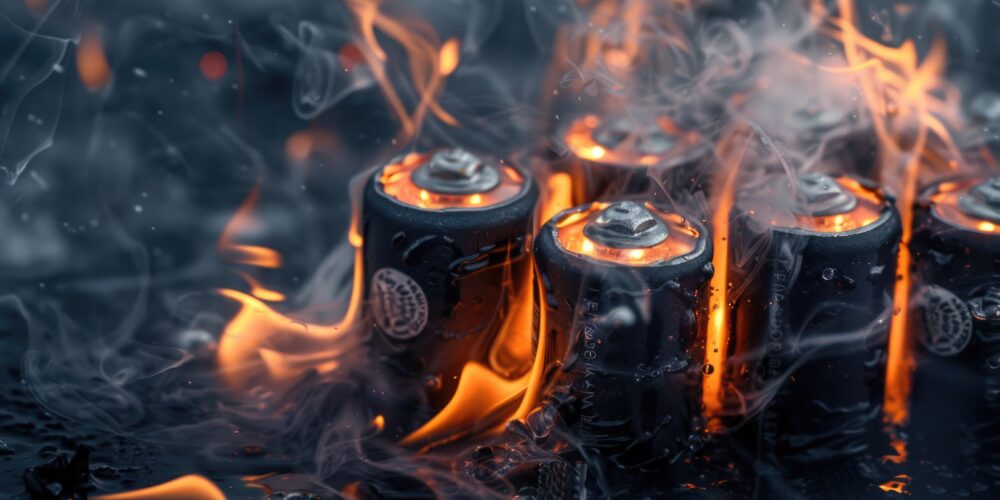The last possible fuels for internal combustion engines
At the moment, road transport is moving towards absolute electrification and internal combustion engines may disappear completely from Europe within a few decades. Some expect that the European Union will be forced to soften its current plan and under certain conditions it will still be possible to use internal combustion engine cars. However, for this, it will be necessary to use an alternative fuel that minimizes the vehicle’s emissions.
In this article, we will explore these possible alternatives.
Hydrogen
This material typically comes to mind in connection with fuel cell cars which also use an electric drive to deliver the generated energy to the road. Due to the quick refueling, it can currently show an advantage over electric cars that they do not have.
At the same time, tests are still taking place today (for example at Toyota) where hydrogen is burned in an internal combustion engine.
Of course, the problems related to the production and storage of hydrogen exist in this case as well, but according to current studies, both gasoline and diesel engines require only minimal cylinder head conversion to accept hydrogen. In fact, we can say that we could use this propellant with current internal combustion engine technology.

Hydrogen-burning bus engine from MAN (source: MAN)
The fact that the entire automobile industry does not have to be placed on a completely new technological basis could provide benefits from both an economic and an environmental point of view. Internal combustion engine could operate almost cleanly in addition, as it would blow out water (and nitrogen oxides at the same time but modern catalysts eliminate these almost perfectly) and a minimum of carbon dioxide, which is produced from the combustion of the lubricant.
The only real Achilles heel of the electric drive is the storage of electricity. Even today, this is very uneconomical, the use of lithium-ion batteries seems to be at least as much of a dead end from a technological point of view as the burning of mineral oil derivatives.
The fluctuating energy production of wind and hydropower plants could be perfectly used to produce hydrogen by electrolysis and store the energy obtained with electricity.
There are also problems with hydrogen storage too. For the same mass, the energy content of hydrogen has several times more compared to gasoline, except that it is an extremely rare substance at room temperature and we have to compress it terribly to be able to put at least a few kilograms in the car – not to mention the temperature of around -200 °C.
From the energy management point of view, this is also an uneconomical process and unfortunately, the solution is not visible just like in case of the capacity of the batteries too.
Synthetic fuel
This is perhaps currently the only alternative for internal combustion engine cars that can really work economically.
According to the idea, synthetic gasoline and/or diesel is produced from carbon dioxide in the air and water. Hydrocarbons are mostly methane, where carbon is extracted from carbon dioxide – CO2 is obtained by passing the air through various filters and the byproduct is pure oxygen.

Porsche’s Chilean plant (source: Porsche)
Hydrogen is extracted from water by electrolysis in the same way – oxygen is the byproduct here as well.
We get the dissolved water back, since the car burns the fuel – it is true that it also burns the carbon dioxide but the net balance remains zero in terms of emissions, since the plant previously filtered the carbon dioxide that the car produced back from the air.
In 2019 together with Siemens, Porsche supported the construction of a startup plant in Chile as an investor, where the plan was to produce synthetic fuel. The Stuttgart-based company pushed this project forward by another 75 million dollars in 2022.
Their idea is that they would like to install the plants in larger cities as air purifiers, so they could remove carbon dioxide from the biggest emission hotspots – not only from cars, but also from apartments.
It is a fact that the production process is expensive at the moment and “synthetic gasoline” is not yet commercially available. In addition to Porsche, Bosch is another big player in technology in terms of developments,and their future prices will roughly coincide.
According to the plans, synthetic gasoline would be available in retail sales from 2026 and according to the latest information, the price per liter is predicted to be 2 euros, which is roughly HUF 800 without excise and sales taxes and other contributions, so it can be much more expensive than conventional fuels – it should be added that this estimate was made before the Russo-Ukrainian war, but the gap is visible.
HIF Global’s Haru Oni factory, also owned by Porsche, started continuous production last year and produced 130 000 liters of fuel. Currently this is used by Porsche’s racing cars – to put it on the market, the annual production would increase to 55 million liters within two years and to 550 million liters within four years, which would allow the new fuel to be introduced easily by 2026.
Biofuels
It can be clearly stated that this principle is far from new. In some regions (e.g. South America) the use of ethanol as a fuel has been dominant for decades, mainly due to the lack of large agricultural lands and crude oil.
In a global sense, all signs point to the fact that biofuels will not solve even our current problems. And if so, it would have unforeseeable consequences.
In order to supply the entire society, such a large amount of farmland should have to be separated for this purpose from agricultural area, which would lead to a global food supply crisis with the current population.

The limits of nature makes impossible for biofuels to spread widely (source: www.pixabay.com)
It is technically feasible to operate with the current constructions but the above effect cannot be ignored, so this will certainly not save internal combustion engines but it will not extend their life either.
Summary
The automotive industry is changing at an almost untraceable speed these days and there is no guarantee that statements that seem right now will still be true in a few years. It is currently certain that we have not yet received an impeccable answer to the existing complex environmental protection problem in technical sense.
We look forward the next steps.









